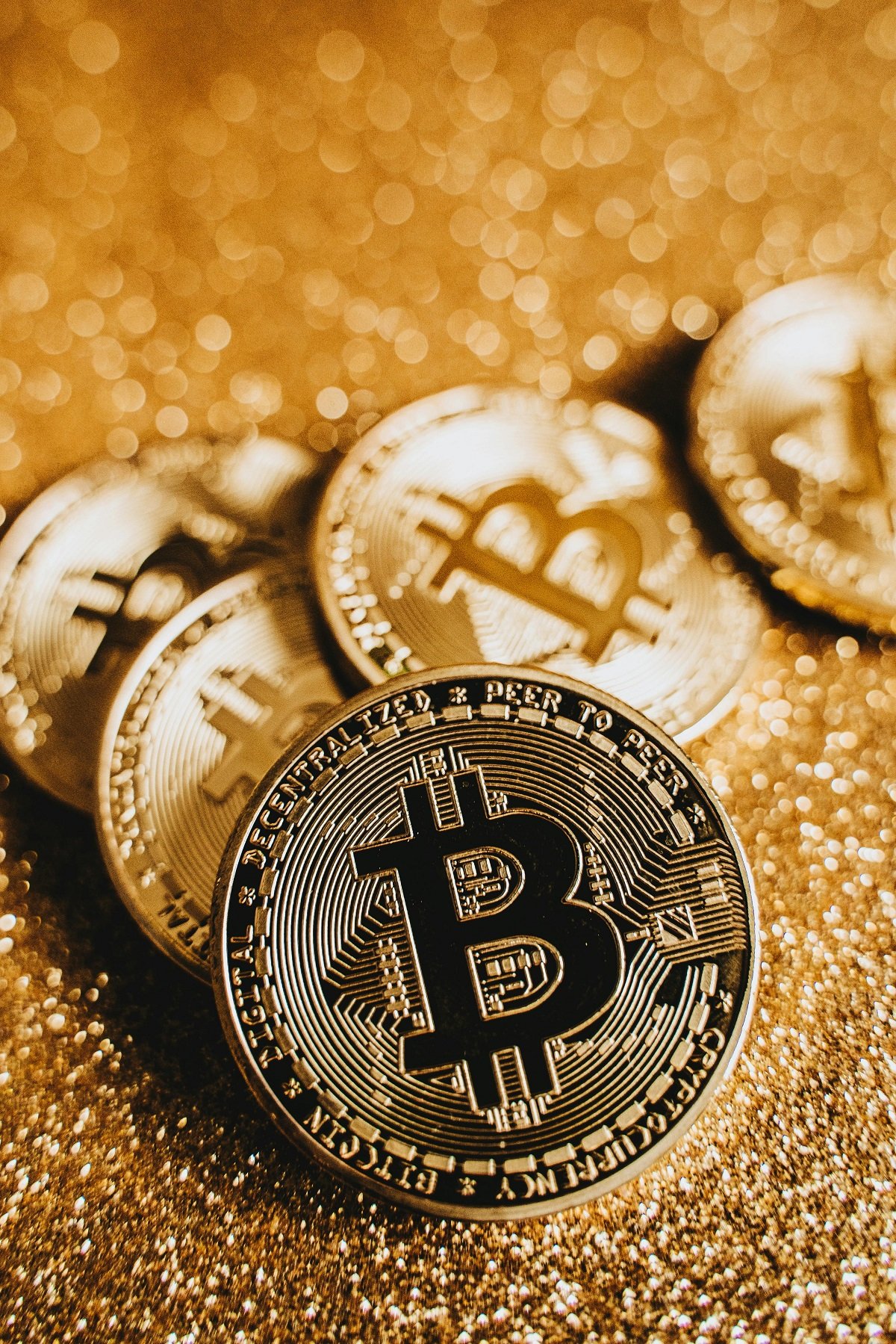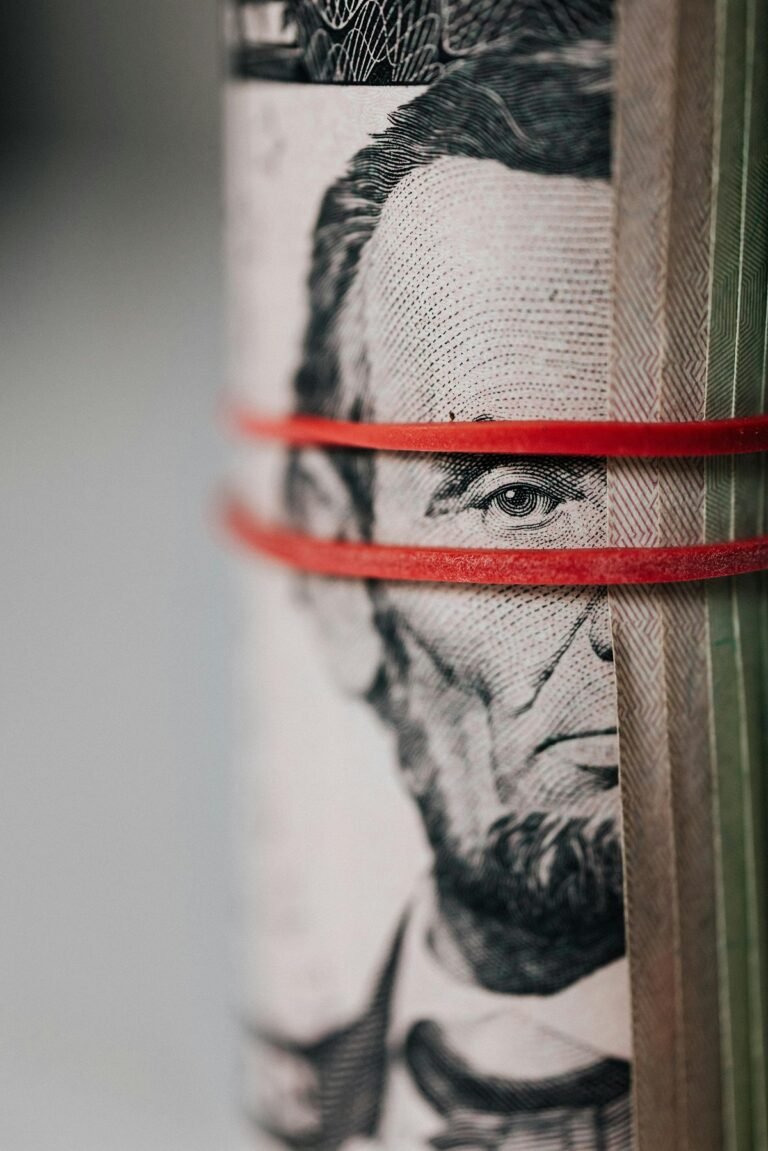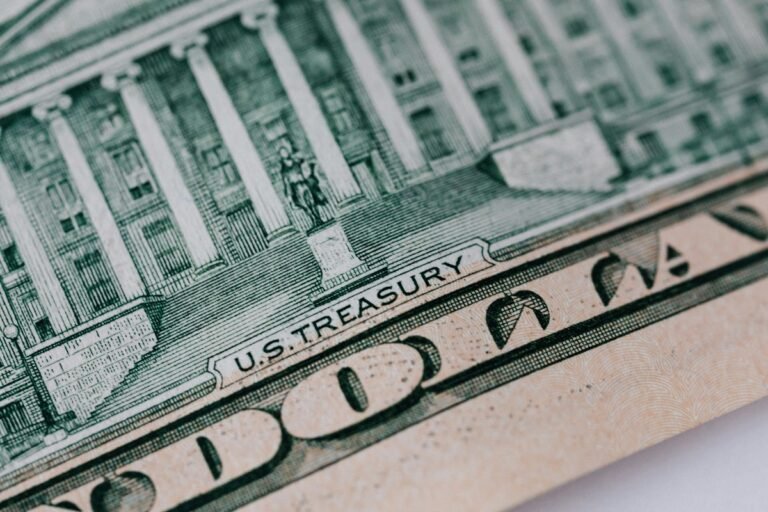
In an age marked by rapid technological advancement, the financial system is undergoing a profound transformation, and at the heart of this shift is the concept of digital currency. As consumers, businesses, and governments increasingly move away from cash-based transactions, a pressing question emerges: Are digital currencies the future of federal payments?
This question does not simply ask whether cryptocurrency will replace paper moneyit dives into whether central banks, particularly the US Federal Reserve, will adopt a digital form of the dollar, fundamentally reshaping how the government pays citizens, delivers benefits, and collects taxes.
Understanding Digital Currencies

Before exploring the future of federal payments, it’s important to distinguish between the different types of digital currencies:
Cryptocurrencies: These are decentralized, blockchain-based digital assets like Bitcoin and Ethereum. They are not issued by any government and operate on peer-to-peer networks.
Stablecoins: Pegged to fiat currencies like the US dollar, stablecoins such as USDC or Tether aim to offer the benefits of digital currencies while minimizing volatility.
Central Bank Digital Currencies (CBDCs): These are digital forms of a country’s official currency, issued and regulated by its central bank. The US version, if implemented, would be known as a digital dollar.
It is the last category CBDCs that is most relevant to the future of federal payments, since they would integrate directly into national fiscal and monetary policies.
The Case for a Digital Dollar
In recent years, the US Federal Reserve and the US Treasury have increasingly signaled interest in exploring a CBDC. Their motivations stem from several potential benefits:
Faster and More Efficient Payments: Current federal payment systems—such as those used for distributing Social Security, tax refunds, and emergency relief—rely on a mix of paper checks, ACH transfers, and prepaid debit cards. These methods can be slow, expensive, and vulnerable to fraud. A digital dollar could enable near-instantaneous payments with lower transaction costs.
Financial Inclusion: According to the FDIC, around 5.9 million US households were “unbanked” in 2021, meaning they had no checking or savings accounts. A digital dollar, accessible through smartphones or digital wallets, could offer a low-cost entry point into the financial system for millions of Americans.
Improved Government Transparency and Accountability: With programmable digital currencies, federal payments can be tracked with unprecedented transparency, reducing fraud, waste, and abuse in public spending.
Global Competitiveness: As nations like China roll out their own CBDCs (e.g., the Digital Yuan), the U.S. faces pressure to maintain its leadership in global finance. A digital dollar would ensure the U.S. remains at the forefront of monetary innovation.
How Federal Payments Work Today
Federal payments currently rely on several traditional channels
ACH Transfers (Automated Clearing House): These are used for direct deposits, including tax refunds, unemployment benefits, and Social Security checks.
Paper Checks: Though declining, millions of federal checks are still mailed annually.
EFT (Electronic Funds Transfer): Used for military and contractor payments, as well as certain grants.
Prepaid Debit Cards: Often used for emergency stimulus payments or for recipients without bank accounts.
Each of these systems carries limitations processing times, banking fees, and risks of fraud or delivery failure. During the COVID-19 pandemic, for instance, millions of Americans waited weeks or months for stimulus payments due to system bottlenecks and outdated infrastructure. A digital dollar could change all that.
The Role of the Federal Reserve
The Federal Reserve has taken several steps toward evaluating a digital dollar. In January 2022, it released a discussion paper titled “Money and Payments: The US Dollar in the Age of Digital Transformation.” The paper outlines the benefits and risks of a CBDC and invites public commentary.
Core Design Principles: Any CBDC must preserve the role of cash, promote innovation, and protect consumer privacy.
Retail vs. Wholesale CBDC: A retail CBDC would be used by the general public (for example, receiving tax refunds directly), while a wholesale CBDC would be used for large-scale institutional transactions.
Public-Private Partnership: The Fed envisions working with commercial banks and fintech companies to distribute and manage digital dollars, avoiding a situation where the central bank directly competes with retail banks.
Although the Fed has not committed to issuing a digital dollar, the research and pilot programs (such as Project Hamilton, in partnership with MIT) show a strong commitment to exploring the feasibility.
Potential Use Cases for Digital Federal Payments
Let’s explore how a digital dollar could transform the delivery of federal payments
Social Security and Medicare Benefits
Instead of monthly ACH transfers, recipients could receive programmable digital dollars directly into a federal wallet app, reducing transaction fees and ensuring faster disbursement.
Tax Refunds and Credits
The IRS could issue refunds in real time after processing, minimizing delays. Advanced tax credits like the Child Tax Credit could be disbursed monthly using CBDCs with built-in smart contracts to ensure eligibility.
Disaster and Pandemic Relief
The pandemic exposed major flaws in emergency payment infrastructure. A digital dollar could enable the government to “airdrop” funds directly to citizens instantly, bypassing check printing and third-party intermediaries.
Government Procurement and Contractor Payments
Digital currencies could simplify and speed up payments to defense contractors, healthcare providers, and other service vendors while enhancing oversight.
Federal Grants and Subsidies
With programmable CBDCs, funds allocated to states or agencies could include automatic spending rules to ensure compliance and reduce misallocation.
Benefits of Digital Federal Payments
The shift toward digital currencies in federal transactions could bring a host of advantages.
Real-Time Settlement: Payments could clear in seconds rather than days, eliminating float periods and improving liquidity for recipients.
Cost Savings: The government could save billions in transaction fees, postage, and fraud prevention.
Security: Blockchain or distributed ledger technologies could offer enhanced protections against cyberattacks, counterfeiting, and identity theft.
Auditability: Every transaction can be tracked and verified, increasing transparency and accountability in federal programs.
Challenges and Concerns
Despite the promise, there are several concerns that must be addressed:
Privacy
One of the biggest criticisms of CBDCs is the potential for government surveillance. Unlike cash, digital currencies can leave a transaction trail. Federal design must ensure robust privacy protections and limit misuse of personal financial data.
Cybersecurity
A centralized digital currency system becomes a high-value target for cybercriminals. The infrastructure must be bulletproof against hacking, malware, and systemic failure.
Financial System Disruption
Some economists worry that widespread use of a digital dollar could lead to bank disintermediation people pulling funds from commercial banks into government wallets, undermining bank lending and stability.
Access and Equity
Although digital currencies can promote inclusion, the digital divide (lack of smartphones or internet) may leave some groups further behind. A digital dollar must be designed to be accessible offline or through public kiosks and community banks.
International Trends and What the USA Can Learn
Globally, over 130 countries are exploring or developing CBDCs. Notable examples include:
China: The Digital Yuan (e-CNY) is already in use across several pilot cities, with millions of transactions conducted through digital wallets.
Europe: The European Central Bank is developing the Digital Euro, expected to launch in the coming years.
The Bahamas: One of the earliest adopters, the Sand Dollar, offers insights into digital payment deployment in remote and underbanked areas.
These efforts provide valuable data on implementation, security, and public adoption that the U.S. can study and adapt to its unique financial system.
Federal Policy Landscape and Legislative Momentum
While the Federal Reserve can explore technical designs, any official issuance of a CBDC would require Congressional authorization. In recent years, multiple bills have been introduced, including:
The Digital Dollar Project: A public-private initiative aimed at promoting US leadership in digital currency innovation.
The Electronic Currency and Secure Hardware Act (ECASH Act): This bill proposes a Treasury-issued digital dollar designed to be private and bearer-instrument based, like physical cash.
The current legislative environment is cautious but increasingly open to digital currency exploration, especially as geopolitical and financial pressures mount.


